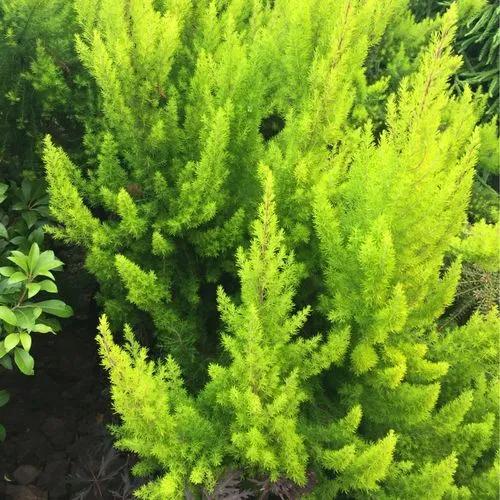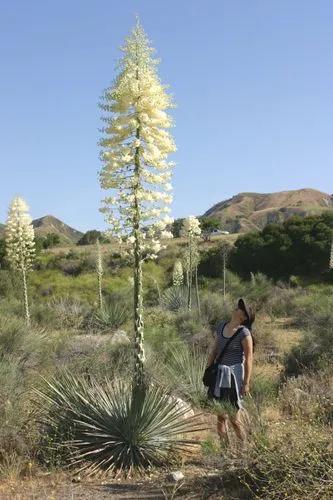Senecio inaequidens, known as narrow-leaved ragwort and South African ragwort, is a species of flowering plant in the daisy family Asteraceae.
Narrow-Leaved Ragwort Care
Senecio inaequidens



Senecio inaequidens is a perennial chamaephyte up to 1 m in height, often much ramified, with each stem ending in one or a few capitula yellow in colour, forming a loose floral display.
A single plant produces 26 to 500 capitula each year, with approximately 90 florets, 74% of them developing a viable achene. The leaves are linear, entire or almost so and without petioles.
S. inaequidens exists as a diploid genotype and a tetraploid cytotype. Initially the diploid S. madagascarensis and S. harveianus were assumed to be different species; however molecular analysis showed that they only differ in cytotype.
This plant might be poisonous
How to get rid of:
Ragwort control is fairly simple. Spraying and wiping your weeds with chemicals can prevent its growth. You can also remove live or dying plants by digging them out of the ground. You can also do site clearance and cut back plants to prevent their seeds from dropping. Burning plants with a spot burner can also be an efficient way of removing ragwort and horsetail.
How to Care for the Plant

Popularity

379 people already have this plant 100 people have added this plant to their wishlists
Discover more plants with the list below
Popular articles






